Where Does Quality Leather Come From?
Reading time: 12 mins
Introduction
VILL OKSE is built on the pillars of craftsmanship, integrity, and timeless luxury. From laptop bags to travel accessories, each piece we create is more than a product—it is a narrative woven from raw hide to refined heirloom.
This article explores the origin and ethics behind full-grain leather, showing how sourcing decisions directly influence luxury, durability, and sustainability in modern leather goods.
1. Understanding Full Grain Leather
Full grain leather is the uppermost and most durable layer of the hide. It retains the natural grain, resulting in unmatched strength, breathability, and a patina that matures beautifully over time. Unlike corrected or split leathers, full grain leather preserves the unique texture and character of the animal's skin, making every bag one-of-a-kind.
2. The Origin of Quality Leather
True luxury begins at the source. VILL OKSE partners with select regions renowned for ethical farming, responsible hide treatment, and climate conditions ideal for healthy livestock. Our sourcing focuses on:
- North India – known for clean hides, low blemish rates, and centuries of leatherworking tradition.
- Germany – leading in traceability, environmental standards, and chrome-free innovations.
- Italy – home to artisanal tanneries using age-old vegetable tanning methods and unmatched leather artistry.
3. Ethical Leather Sourcing Explained
Leather at VILL OKSE is always a byproduct of the meat industry—never from animals killed for fashion. We work only with tanneries that meet stringent international certifications. Our ethical standards include:
- Strict animal welfare practices with zero cruelty
- Certifications like LWG (Leather Working Group) Gold rating
- Safe working conditions and fair labor for tannery and workshop artisans
- Auditable traceability from source to finished product
4. The Leather Tanning Process
Tanning transforms raw hide into leather. The method used directly affects texture, color, feel, and environmental impact. Here’s how they compare:
| Aspect | Vegetable Tanning | Chrome Tanning | Hybrid Tanning |
|---|---|---|---|
| Duration | 30–60 days | 1–2 days | 10–20 days |
| Chemicals | Natural tannins (tree bark, roots) | Chromium salts | Plant-based + low chrome |
| Impact | Lowest | High | Moderate |
| Patina | Rich, evolving with use | Consistent but flat | Balanced character |
| Feel | Structured, earthy | Soft, polished | Supple yet textured |
| Durability | Decades | Prone to cracking | Highly resilient |
At VILL OKSE, we adapt tanning methods based on product performance. For example, briefcases may use hybrid-tanned leather for softness and endurance, while duffle bags lean toward vegetable-tanned leather for rich depth and structure.
5. Role of Artisan Leather Brands in Quality and Ethics
Craftsmanship is at the core of luxury. Hand-stitched seams, burnished edges, and wax-polished finishes create products that not only feel refined but are also built to last. At VILL OKSE, our Kolkata-based artisans use time-honored techniques passed down over generations, ensuring that every stitch carries pride and precision.
6. Benefits of Full Grain Leather Accessories
- Longevity: Premium hides don’t wear out—they wear in. Each crease enhances its character.
- Strength: Full grain resists tearing, stretching, and moisture better than any other grade.
- Sustainability: Natural, breathable, and free of harmful topcoats or synthetics.
- Uniqueness: No two hides are alike. Each VILL OKSE piece is one-of-one.
7. How VILL OKSE Leads the Ethical Leather Revolution
- Ethical sourcing: LWG Gold-rated supply chains from India, Germany, and Italy
- Handcrafted luxury: Each product is artisan-made, not factory churned
- Eco-conscious processes: Use of vegetable and hybrid tanning to reduce chemicals
- Minimalist, recycled packaging: Elegant and planet-friendly
- Small batch production: Ensuring zero overstock and minimal waste
Conclusion
Luxury is no longer just about prestige—it’s about purpose. Where your leather comes from, how it’s made, and who makes it—these are the new definitions of value. When you choose a VILL OKSE bag, you choose quiet confidence, timeless style, and the kind of luxury that respects people, animals, and planet alike.
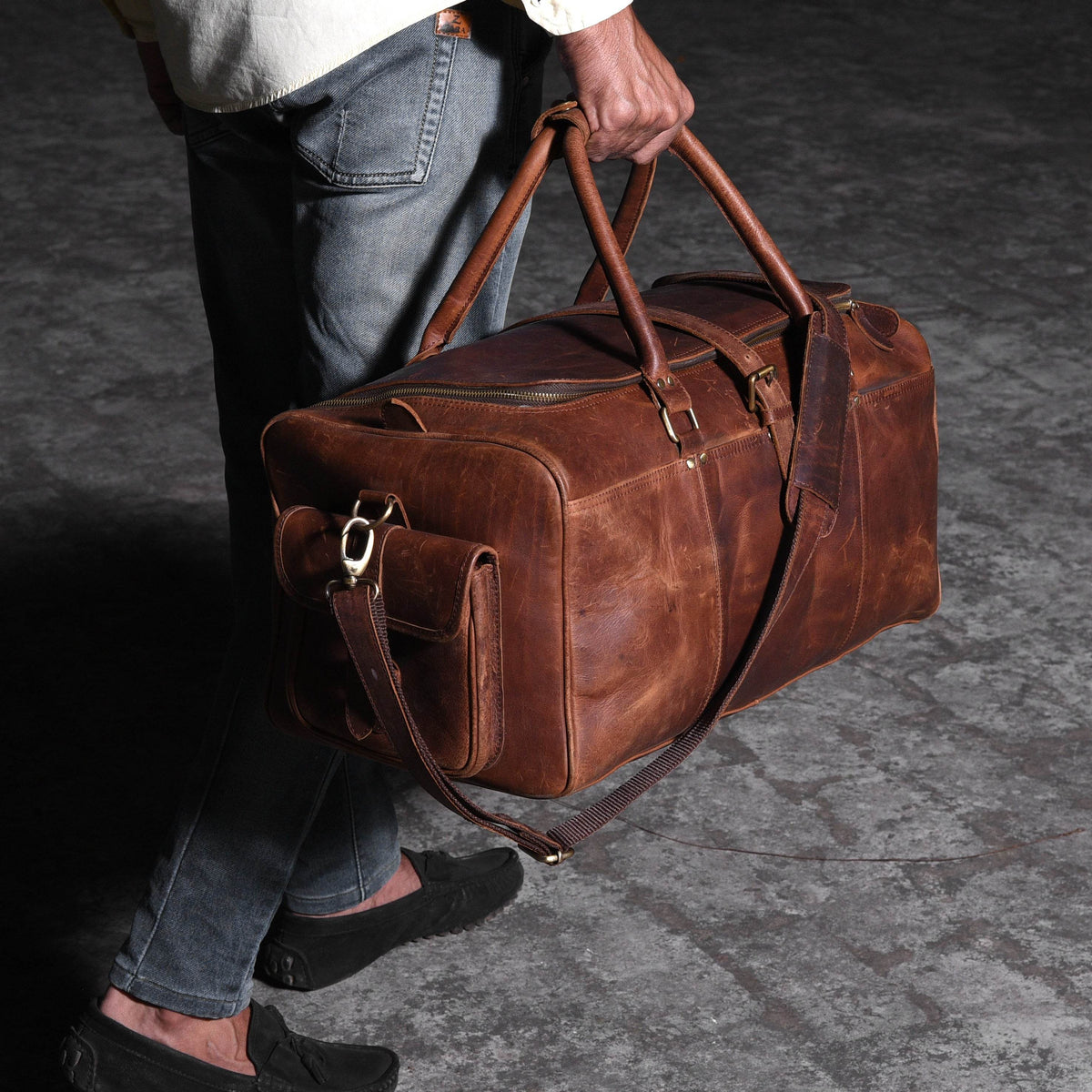

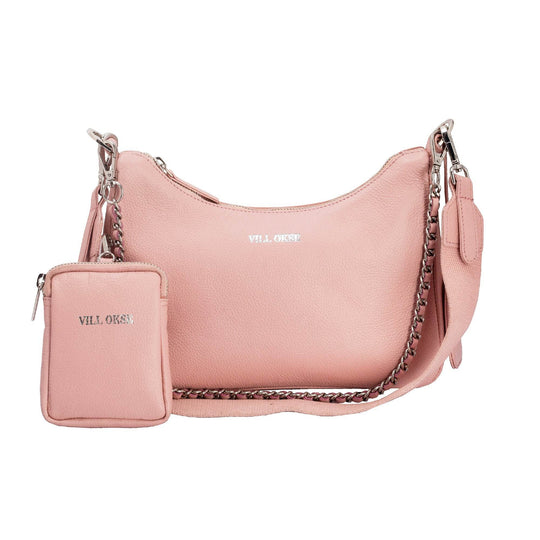
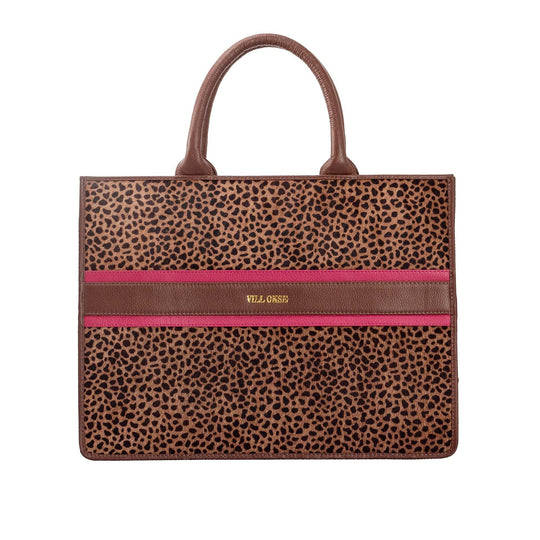
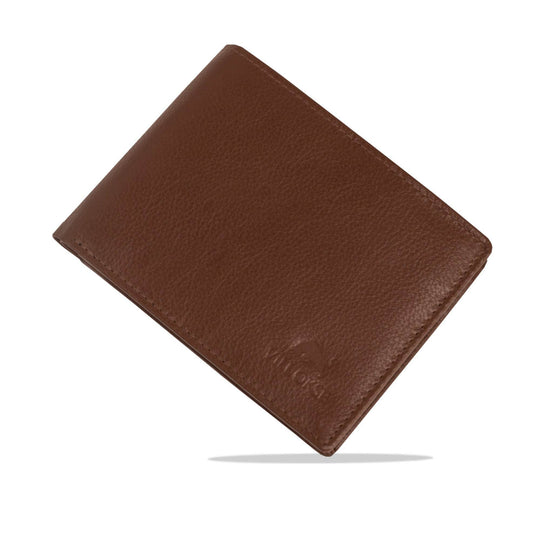
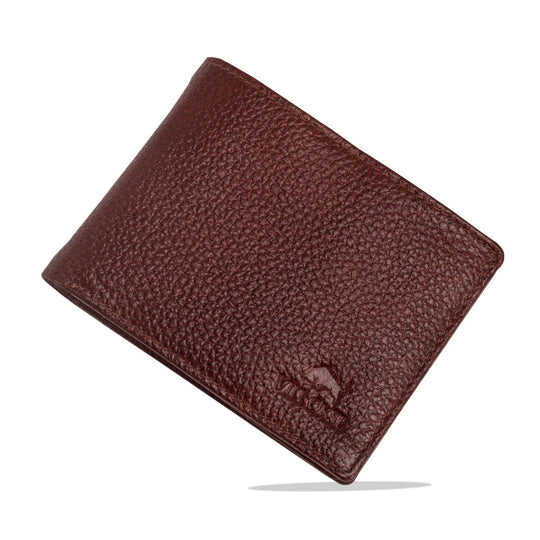
0 comments